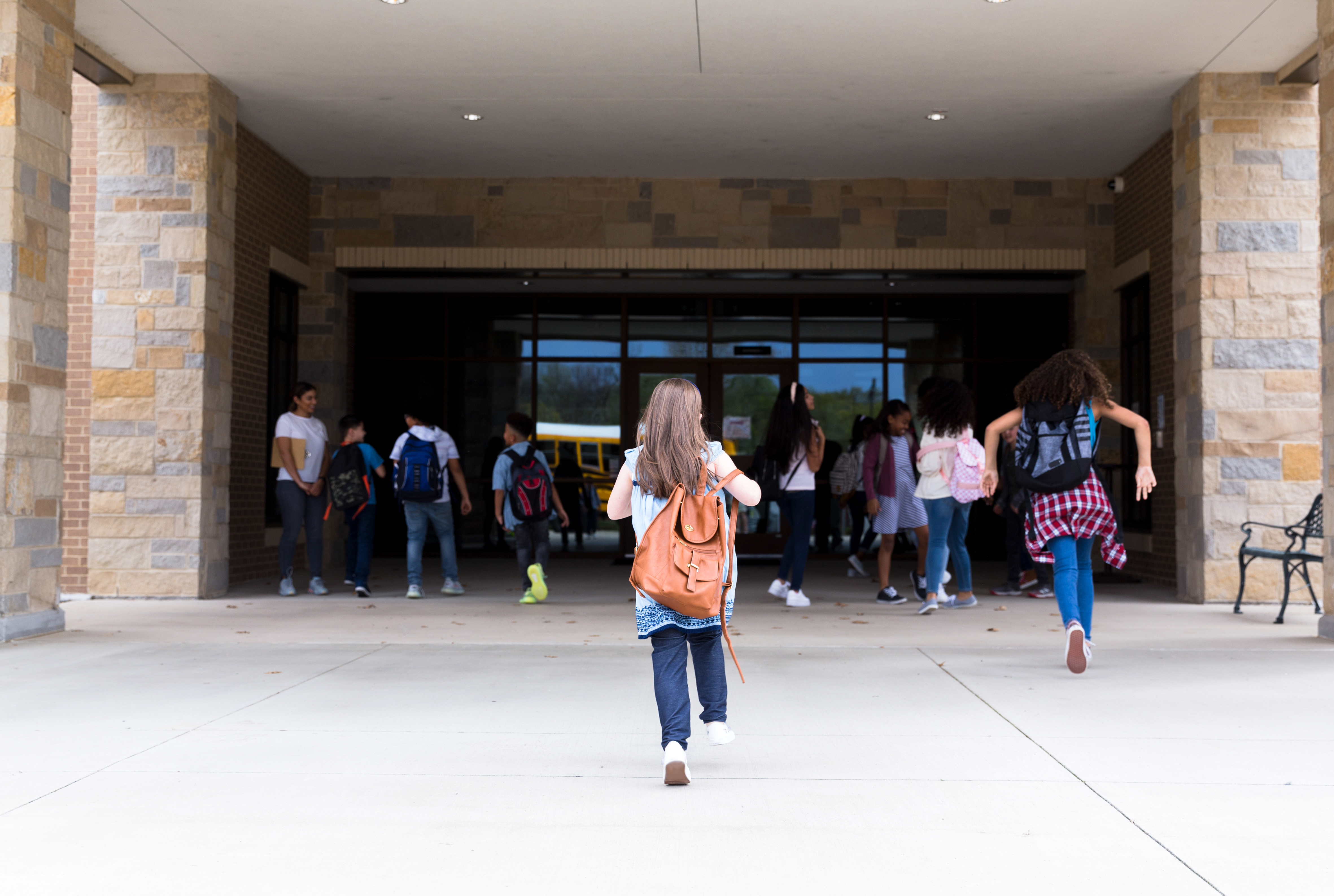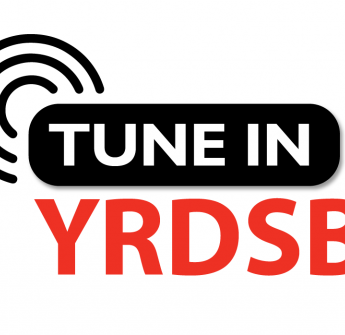What is Active School Travel?
Active School Travel is the use of any form of human-powered travel to get to and from school. It includes walking or wheeling (including cycling, rollerblading, skateboarding, and scootering). Taking the school bus is also considered a form of active school travel. We encourage riding the bus as a sustainable form of transportation.
Benefits of Active School Travel
- improves physical and mental health
- reduces traffic congestion and improves safety for everyone in school zones and around our school community
- improves air quality
- improves student academic performance by making children more alert and better prepared to learn
- encourages social interaction and improves social skills
- promotes life-long habits that foster independence and active lifestyles, preparing children for their future
- enhances the sense of community

School Zone Safety
School Zone safety is a joint responsibility. We must all play our part to improve safety and create an environment that is safe for all students.
The easiest way to ensure safety for all students is by walking, cycling, or having your child ride the bus (if living in the bus zone).
- Let children who are capable, walk or ride the last block or two on their own or with friends.
- Families with older children are encouraged to have them walk their younger siblings.
- Help children cross busy streets safely and let them walk or cycle from there. This is a good way to gradually practice pedestrian skills and grow the distance your child can travel independently
- If your child cycles, dismount and walk near schools and in other areas where more pedestrians are present. Don’t forget your helmet.
- It is preferred that kiss and ride loops are reserved for kindergarten and primary grade students (jk-3).
- If you choose to drive your child to school, you are encouraged to park your car a few blocks away and walk the rest of the way to school to reduce congestion and air pollution at the school. Follow all street signage and obey parking bylaws.
- Plan a routine that gives you and your child enough time to incorporate walking/cycling to and from school.
- If you use the school’s kiss and ride, follow the rules set out by the school and be respectful to staff and other parent volunteers assisting and/or using the kiss and ride.
- Be prepared for long cues, do not speed, and follow all posted signage and markings.
While driving may be convenient for your family, many students/families choose to walk/bike to school and have no alternative. If you choose to drive your child, please drive with care for the safety and well-being of those who are walking/biking.
Active School Travel in YRDSB
We are committed to encouraging Active School Travel in all of our school communities and providing education on the many benefits. In addition, we are committed to raising awareness around school zone safety in collaboration with our partners/stakeholders. It is a shared responsibility and we all have a part to play.
Pilot Programs
Getting Started
To get started we recommend taking small steps and slowly building a program within the school community. If you need help to get started, resources can be found at Ontario Active School Travel or email activeschooltravel@yrdsb.ca.

Tune In YRDSB


